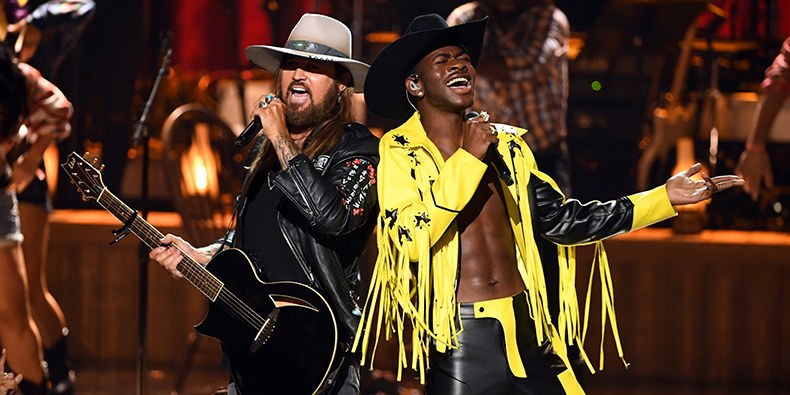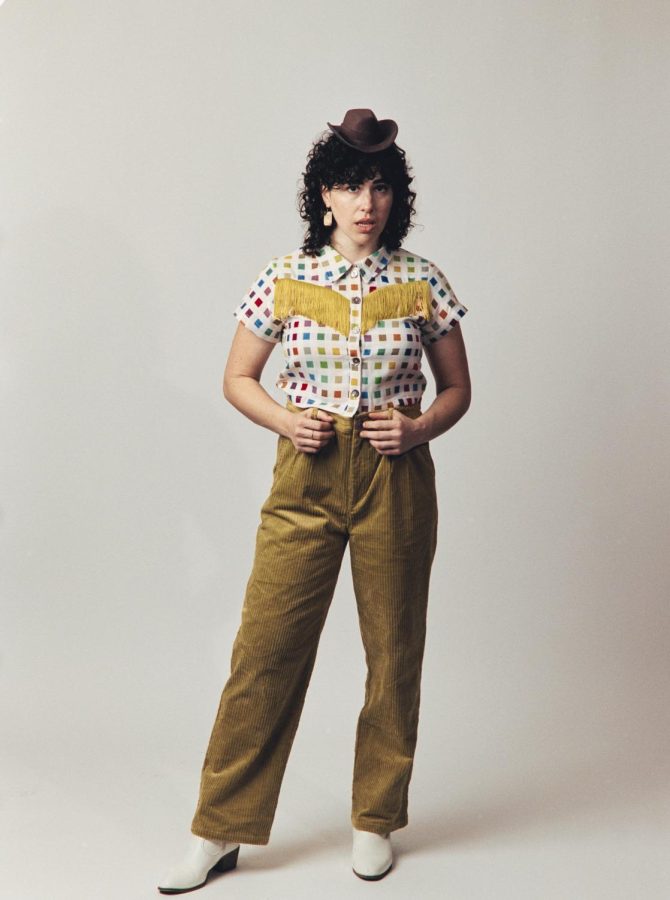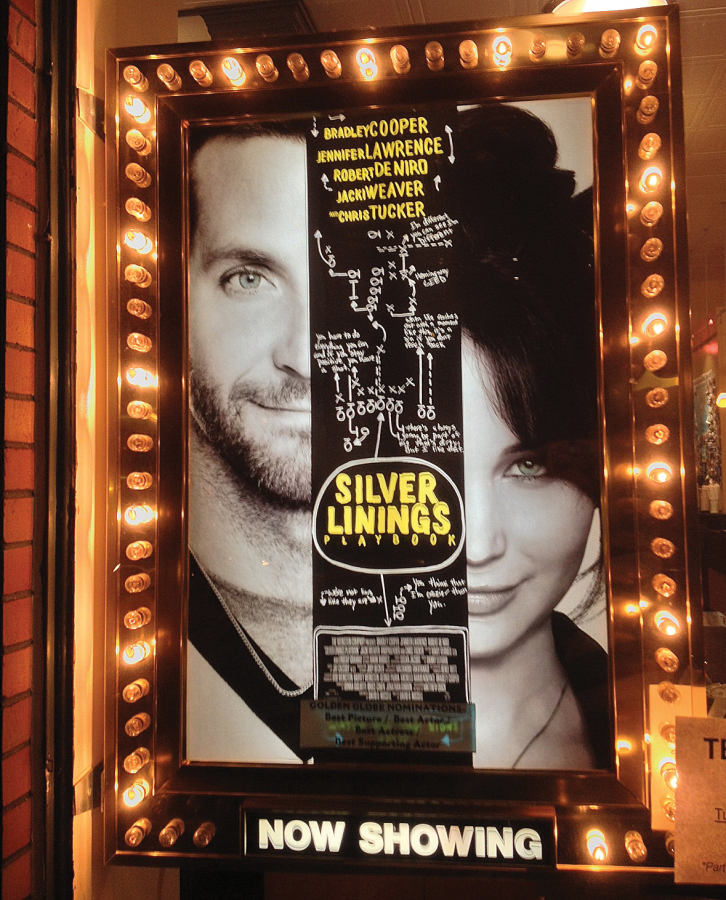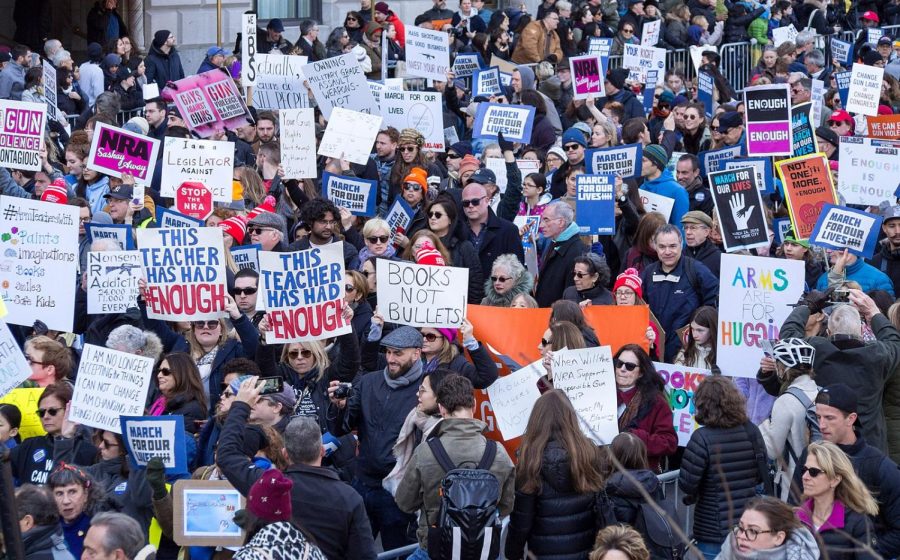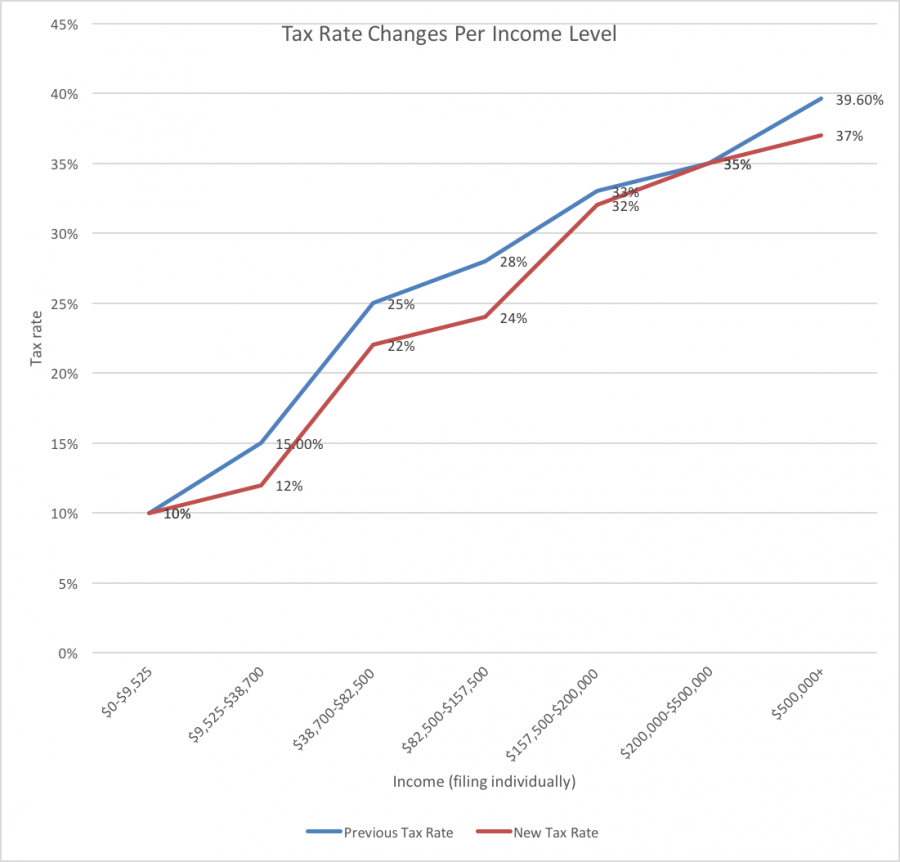His song is at the top, and his horses are in the back. Lil Nas X released his debut single “Old Town Road” — which spent 19 weeks at the top of the Billboard Hot 100 and broke the record for most weeks at #1— and EP “7” within months of each other, dominating the Billboard charts. This was all thanks to TikTok, a recent social media platform that allows users to create videos with a wide range of audio samples and filters and share them around the world.
At the start of the year, one of the most popular audio clips was the beginning of “Old Town Road,” creating a trend in which users would stand in “city clothes” while the song opened and then switch to “country clothes” when the hook came in. Regardless of how cringey and off-putting most people find those videos, the song was without a doubt a hit due to TikTok.
This style of discovering music might sound a bit familiar to those who experienced Vine, an early form of the video-only social media genre.
In its prime, Vine had over 200 million monthly viewers before it merged with Twitter in 2017 and it eventually became obsolete. In that short period of time, the app made songs such as “Nasty Freestyle” by T-Wayne, “Flicka Da Wrist” by Chedda Da Connect and “Watch Me” by Silento popular. All of these songs were similar to “Old Town Road,” with catchy verses and memorable lyrics that lead to easy, instruction-based dancing that become an entertaining trend.
While a vast majority of the videos on TikTok and Vine are comedic, the music associated with these apps has a way of exploding in popularity due to the attention the videos get: this goes for comedy videos that use songs to illustrate punchlines as well. Songs are used to assist jokes by people mouthing the lyrics while doing something funny that corresponds to the song without having to say anything at all.
Since Gen Z and Millennials have switched from the traditional radio to pre-generated playlists and apps like Vine and TikTok, the music industry has changed its approach to market songs. According to Time, unknown artists pay TikTok to use their music, and major labels receive very little compensation to use licensed songs. The music industry has also changed how songs are structured. Music exposure has been shifted from whole songs to just the catchy parts through the short six-second style of Vine, a phenomenon is now being used on TikTok.
It seems that this new wave of music is inescapable. Every couple of months, a new song comes out that demonstrates this trend, and they usually come and go. However, it seems that the popularity of these types of songs is on the rise so we may be witnessing the decline in artistic values and the rise of catchphrase-oriented songs.

